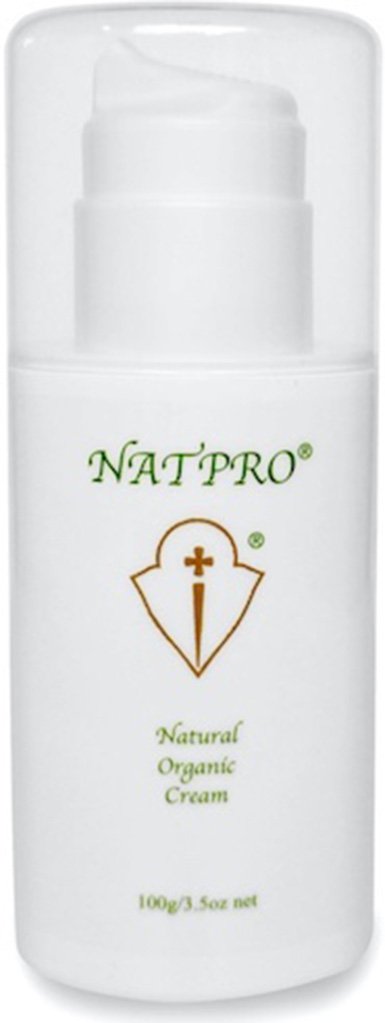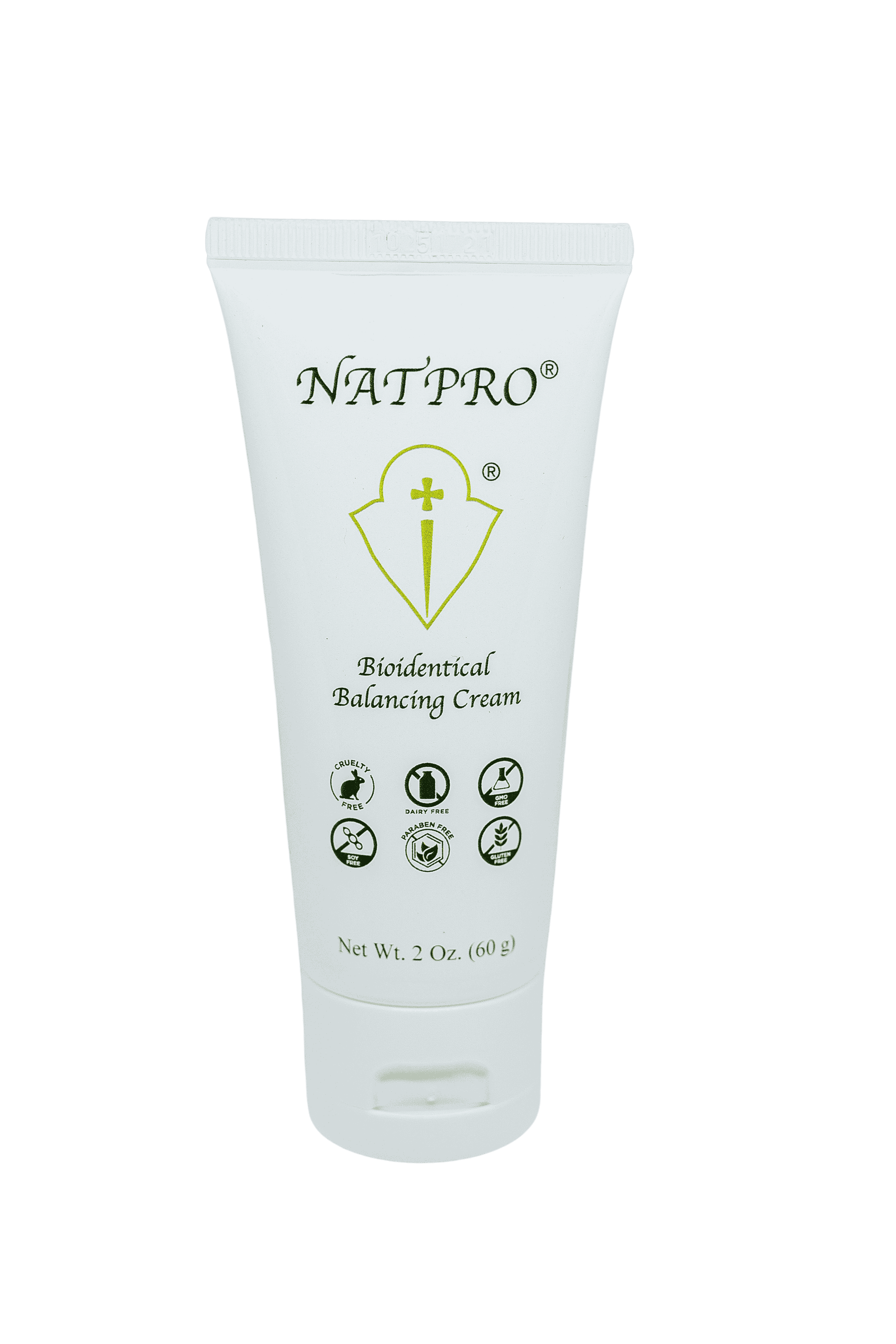History of Progesterone
Progesterone is the oldest hormone there is. The history of progesterone spans 500 million years which is generally accepted as the time frame of its existence. However, with the discovery, in 2010, of progesterone molecules in the walnut tree, the date of its origins has been pushed back.
The researchers speculate that the hormone might be an ancient bio-regulator that evolved billions of years ago, before the appearance of modern plants and animals. The new discovery may change scientific understanding of the evolution and function of progesterone in living things.
Undoubtedly as old as progesterone is vitamin D3 (cholecalciferol), although initially a vitamin, its converted by the liver to calcidiol. This is then converted by the kidneys and other tissues to calcitriol, a potent steroid hormone.
Both progesterone and vitamin D3 are made from cholesterol. Progesterone in various organs and cells, and vitamin D3 by the action of UVB sunlight as it strikes the cholesterol covering our bare skin.
Research published in late 2009, found a lack of vitamin D3 reduces the benefits of progesterone.
Both progesterone and vitamin D regulate gene expression, have a positive fundamental effect on cell differentiation and growth, with anti-oxidative and autoimmune anti-inflammatory mechanisms. Both positively effect the nervous system by stimulating neurotrophic factors, quenching oxidative hyperactivity and regulating autoimmune responses.
With further research it wouldn't be surprising to find that the two hormones evolved from the same source, but split millions of years ago.
Facts about progesterone
- Molecular Formula C21H30O2 (Carbon 21, Hydrogen 30, Oxygen 2)
- Molecular weight 314.46
- Synonym 4-pregnene-3,20-dione
- Melting point 126 C (259 F)
- Bioavailability prolonged absorption
- Protein binding 96%-99%
- Metabolism hepatic to pregnanediols and pregnanolones
- Terminal half-life 13.18 1.3
- Excretion renal
Facts about plant sterols
Phytosterols are molecularly similar to cholesterol which is found in animals. Cholesterol is the starting point for the steroid hormones made naturally in animals, including humans.
Plants such as the soy bean, Dioscorea species of yams, fenugreek, sisal, calabar bean, some lilies, yucca, some solanum species, maize and many more contain phytosterols.
Some of which are stigmasterol, diosgenin, sitosterol, campesterol, hecogenin, sarsasapogenin, solasodine. As these sterols have a similar molecular structure to cholesterol, they are used as starting points for the synthesis of progesterone.
Progesterone is then further synthesised into testosterone, oestrogen, cortisone etc.
The modern history of progesterone begins with its discovery and isolation by Professor Willard Allen who trained first as an organic chemist, then studied medicine. It was while working in Professor George Corners embryology laboratory that the two discovered a substance in the corpus lutuem that sustained pregnancy
On September 23rd, 1929 Willard Allen Ph.D, published the first paper on extracting progesterone from the corpus luteum...
"In previous papers of the present series we have described the preparation and effects of extracts of the corpus luteum. These extracts, when injected into recently spayed female rabbits, regularly bring about a special histological and physiological state of the endometrium, characteristic of early pregnancy, and known by previous experimentation to be due to the corpus luteum... We have as yet proposed no name for this hormone of the corpus luteum, referring to it only as a hormone which induces the above-described characteristic effects in the rabbit. In so far as we are acquainted with its physiological behavior, its chief action lies in its ability, by alteration of the endometrium, to aid gestation in the castrated rabbit; and for this reason we wish to propose for it the name progestin, i.e., a substance which favors gestation."
It wasn't until 1933 that the pure hormone was isolated and later named progesterone. Willard Allen recounted the discovery and isolation in 1974 in an article entitled. Recollections of my Life with Progesterone
In hindsight it was an unfortunate name, as it's now come to be regarded as a not only a 'female' hormone, but a 'sex' hormone too. So it's many other roles have been largely overlooked.
It is not a sex hormone, it plays no part in the secondary sexual characteristics which develop at puberty. These are governed by oestrogen in females and testosterone in males. There are no great quantitative differences between men and women (at least outside the luteal phase).
It is secreted primarily by the ovaries in females and the testes in males, while smaller amounts are produced by the adrenal glands, the brain and glial cells.
It is the precursor to the sex hormones oestrogen and testosterone. And to the adrenal hormones cortisol and aldosterone.
In 1929 Adolf Butenandt Ph.D, working in Germany, isolated oestrone, one of a group of steroids known collectively as oestrogen.
Edward Doisy, working independently in America, also discovered oestrone.
In 1931 Butenandt isolated androsterone. At the same time, he confirmed the existence of another oestrogen, oestriol, which had been discovered earlier by G. F. Merrian, but had not been confirmed.
In 1933 he showed for the first time the similarity between the molecular structures of androsterone and cholesterol. In 1934 he isolated a small sample of progesterone from the corpus luteum, corresponding with Willard Allen about their independent discovery.
By 1935 Ernst Laqueur had isolated testosterone from the testes. Shortly after this both Butenandt and Leopold Ruzicka, who was working independently, had synthesised testosterone from androsterone.
They were awarded the Nobel Prize for Chemistry in 1939.
At about the same time Percy Julian Ph.D extracted stigmasterol from the West African calabar bean (Physostigma venenosum), from which the name derives.
Percy Julian was a remarkable chemist, all the more so as he grew up in a time when racial tensions against African Americans ran high.
He was awarded 130 patents, and many honorary degrees, but he's possibly best known for his work in the industrial synthesis of human steroids from plant sterols. His work later lead to the production of cortisone.
In 1939 he isolated stigmasterol from soybean oil. By 1940 he was able to produce in bulk the hormone progesterone.
In 1936 Russell Marker isolated the steroid pregnanediol from an extract of pregnant mares urine. By 1937 he had converted this to progesterone.
In 1938 he found the sterol sarsasapogenin, from the sarsparilla plant, could be converted into progesterone using a technique which has since become known as the Marker Degradation.
But sarsparilla was expensive, so undeterred, he searched for and found in 1941, the sterol diosgenin in the Dioscorea species of a yam growing wild in Mexico.
This could also be converted into progesterone. No pharmaceutical company was interested in his discovery, so again undeterred, and borrowing a friend's lab he converted the diosgenin into three kiligrams of progesterone in 1943.
In 1944 he formed Syntex in Mexico City with two partners, a company which competed with Percy Julian's soybean progesterone.
Marker's progesterone, because of it's low cost, later became the preferred precursor to cortisone, and by 1951 Syntex had developed the first oral contraceptive from progesterone.
References
J. Nat. Prod., 2010, 73 (3), pp 338345
Occurrence of Progesterone and Related Animal Steroids in Two Higher Plants
Neurobiol Aging. 2009 May 29
Vitamin D deficiency reduces the benefits of progesterone treatment after brain injury in aged rats
Mol Med. 2009 Sep-Oct;15(9-10):328-36. Epub 2009 Jun 26
Progesterone with Vitamin D Affords Better Neuroprotection against Excitotoxicity in Cultured Cortical Neurons than Progesterone Alone
Front Neuroendocrinol. 2009 Jul;30(2):158-72
Combination treatment with progesterone and vitamin D hormone may be more effective than monotherapy for nervous system injury and disease
Am J Physiol 92: 174-188, 1930
Physiology of the Corpus Luteum by Willard Allen
The Journal of Biological Chemistry, July 1934, Vol 107, No 1
Crystalline Progestin
Gynecol. Invest. 1974;5:142-182
Recollections of my Life with Progesterone
Percy Julian The Forgotten Genius
J. Am. Chem. Soc., 1938, 60 (5), pp 10731075
Sterols. XXXII. Oxidation of Stigmasterol by Selenium Oxide

